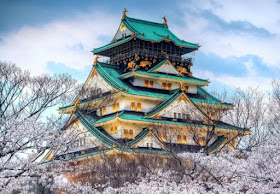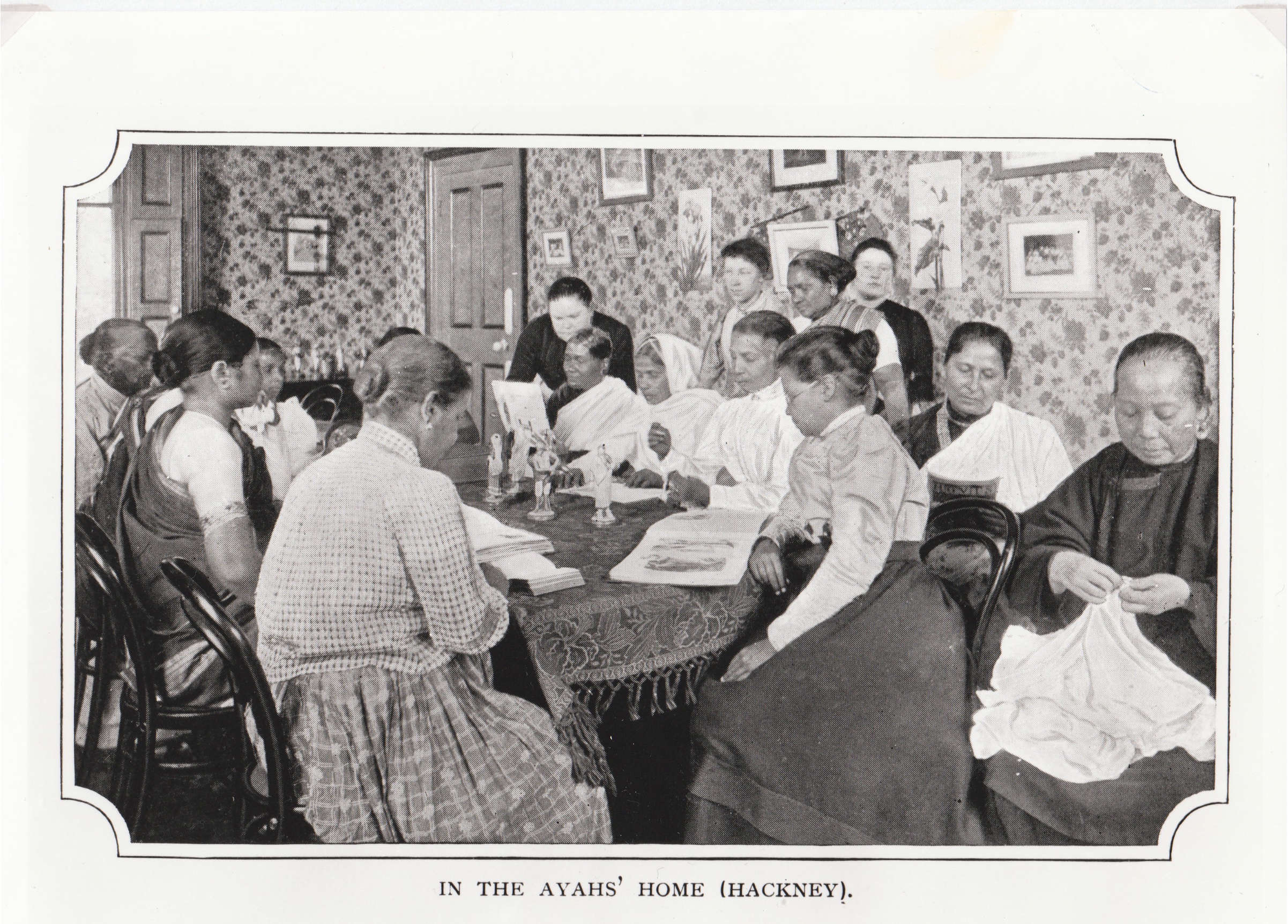The wordings, semantics and style used in a book usually give away lots of clues about the author’s character. Yet in the Heian Japan (794 – 1185 CE) there was a unique tool that pointed the gender of the author – women used the phonetic alphabet Hiragana, whilst men pursued their writing in Chinese scripts Kanji.
 |
| A handwritten copy of the manuscript of the Genji Monogatari. A mammoth work consisting of 54 chapters and entirely written in Hiragana. |
It was written in an archaic court language that was already unreadable a century after it was written; therefore, whilst regarded as a masterpiece, its precise classification and influence in both the East Asian and Western canons has been a matter of debate.
Below are samples of the illustrations of the scrolls. They are a bit faded, but bear in mind they are more than a thousand years old.
 |
| Yadorigi Scroll Illustration |
 |
| Sekiya Scroll Illustration |
Apart from the fact that the author was a noblewoman who lived in the Emperor’s court and a possible relation to the almighty courtier – Fujiwara no Michinaga – we know very little about the person who authored the work. For over one thousand years she moved in the literary world with the moniker Murasaki Shikibu; however, this was not her real name.
 |
| A picture of the author Murasaki Shikibu by 17th century painter Tosa Mitsuoki |
The good news is that we now know a bit more about this magnificent literary work, as in October 2019, a manuscript containing a missing part of The Tale of Genji has been found among the heirlooms of the family of a former feudal lord. Experts have confirmed the authenticity of the material found as being one chapter of a five-chapter section called “Aobyoshibon” (Blue Cover Book).
 |
| Motofuyu Okochi presents part of the oldest copy of "The Tale of Genji" |
The Tale of Genji covers a 70 year period and is rich in dramatic reversals. The protagonist Hikari Genji (who was partially modelled on Fujiwara no Michinaga) was born the son of the emperor and a heartthrob. He has his imperial status stripped away as a means of protecting him from court intrigues. His supernatural charisma leads him to a series of love affairs ranging from numerous extramarital entanglements with aristocratic ladies and even with the empress, the wife of his father. His encounters challenge religious and age taboos, yet are fully garnished with pleasures and troubles.
The Genji Monogatari was translated into modern Japanese by Yosano Akiko and into many English versions, the latest and most palatable for current readers by Dennis Washburn, which allowed a massive increase in its readership.
 |
| Genji and Murasaki, one of his lovers. Scenes of the movie: The Tale of Genji, A Thousand Year Enigma |
The epic saga of the oldest, continuous hereditary monarchy in the world (2600) years – the Chrysanthemum Throne of Japan can be read in my book "The Goddesses of Japan" sold on Amazon.
The royal bloodline is traced back to the Creators of the Country and their descendants – the founders of the legendary Yamato Dynasty.
























